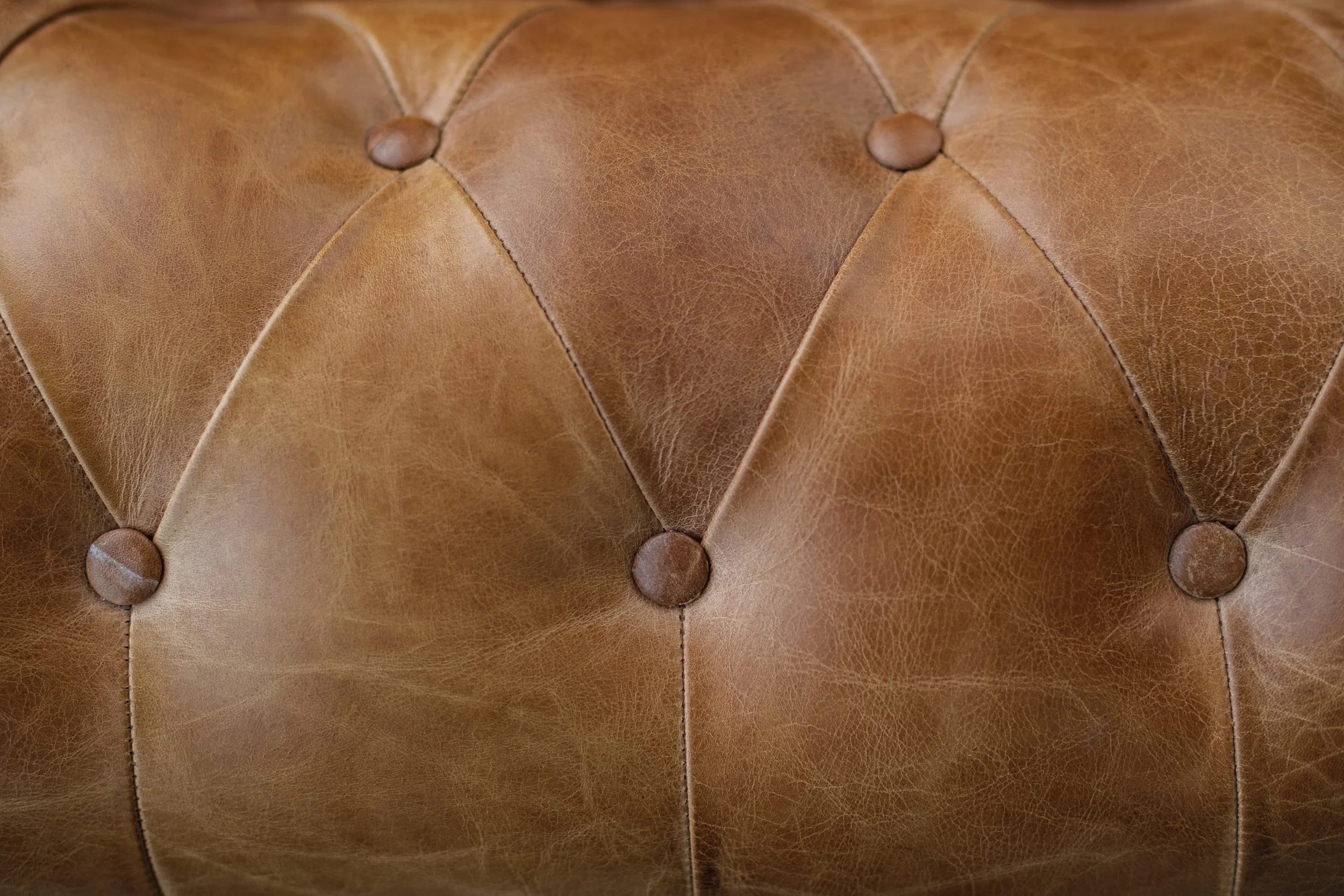Taking Care of Your Leather Furniture
Leather furniture is synonymous with luxury, class, and comfortability. Whether you have a recliner or a pull-out couch to maximize your living space and accommodate guests, you want to get the most use without minimal wear and tear. Because leather furniture is typically expensive, it takes the right type of maintenance for a chance at longevity.
Many people are unaware of how to properly care for leather furniture, which subsequently leads to high refurbishing costs or damage that goes beyond repair. If you're one of the many people looking for ways to adequately look after your leather, here are three simple ways professionals swear by that keep leather in pristine condition.
1. Consistently clean your leather
A key component of leather furniture upkeep is a solid cleansing routine. Depending on how often you use them, your leather pieces should be cleaned up to twice a week.
First, wipe away all lingering debris with a soft cloth. Hard-to-reach areas like between couch cushions can be cleaned with a vacuum attachment and followed up with a damp cloth using distilled water; the harsh compounds in tap water are dangerous for leather.
Use a bi-weekly leather cleansing kit that contains a customized cleanser for various types of leather furniture. Commercial cleaners are too strong and lead to stains and permanent damage when absorbed. Always let your furniture air dry. Remember to spot-test your cleansers on an area that you can't see very well in case of an adverse reaction.
2. Avoid sunlight and heated areas
Many leather owners are unaware that the premature cracking and damage that occurs comes from sunlight exposure. Close proximity to windows is always a bad idea, especially during the summer months.
Additionally, you can minimize damage by avoiding places that generate heat like radiators, air conditioning units, and fireplaces will help you preserve your furniture for even longer.
3. Be cautious of what materials go on your leather
Surely you'll keep an eye out for food and drink spills on your furniture. You should also be cautious of what you wear on your leather furniture. Some articles of clothing and pillows have dyes that bleed when they're wet. Check your materials prior to putting them on your leather furniture by rubbing them with a damp cloth. If the color bleeds, it doesn't belong near your furniture.
Leather furniture, whether it's brand new or custom vintage, is a beautiful addition to any home. If you want it to last, you have to maintain it properly. The previously mentioned tips are pivotal in minimizing damage to your leather.
You can go the extra mile and hire a professional leather consultant to advise you on proper care. Our friends over at Decorating Den Interiors will take care of you and also help pick future pieces for your home.
Can't get enough of our home improvement advice? Follow TheHomeMag on Facebook and Instagram today.

